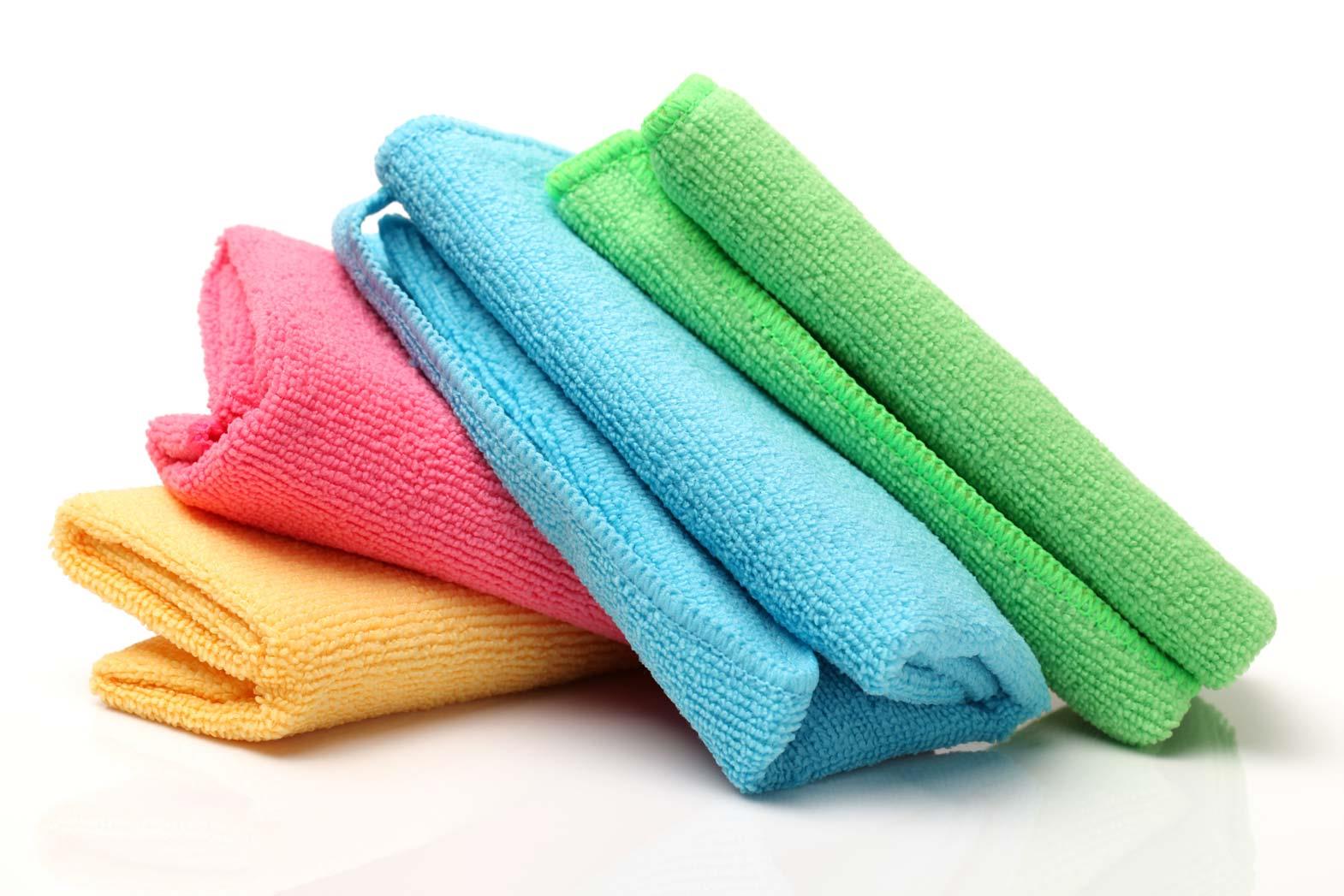Other products are also used, either alone or in combination with starch sizes, when the higher cost can be offset by improved weaving efficiency. Some auxiliaries are also used in sizing for various functions and include softening agents, lubricating agents, wetting agents, moistening agents, size degrading agents, and fungicides. The desizing procedure depends on the type of size. It is therefore necessary to know what type of size is on the fabric before desizing. This can easily be determined by appropriate spot tests.
The sizing material present on warp yarns can act as a resist towards dyes and chemicals in textile wet processing. It must therefore be removed before any subsequent wet processing of the fabric. The factors on which the efficiency of size removal depends are as follows:
- Viscosity of the size insolution.
- Ease of dissolution of the size film on the yarn.
- Amount of size applied.
- Nature and the amount of the plasticizers.
- Fabric construction.
- Method of desizing.
- Method of washing-off.
Differentmethods of desizing are:
- Enzymatic desizing.
- Oxidative desizing.
- Acid steeping.
- Rot steeping (use of bacteria).
- Desizing with hot caustic soda treatment.
- Hot washing with detergents.
Enzymatic desizing consists of three main steps: application of the enzyme, digestion of the starch and removal of the digestion products. The common components of an enzymatic desizing bath are as follows:
- Amylase enzyme
- pH stabiliser
- Chelating agent
- Salt
- Surfactant
- Optical brightener
The enzymes are only active within a specific range of pH, which must be maintained by a suitable pH stabiliser. Chelating agents used to sequester calcium or combine heavy metals may be injurious to the enzymes and must be tested before use. Certain salts may be used to enhance the temperature stability of enzymes. Surfactants may be used to improve the wet ability of the fabric and improve the size removal. Generally, non-ionic surfactants are suitable but it is always recommended to test the compatibility of surfactants before use. Some brighteners may also be incorporated in the desizing bath which may be carried through the end of the pretreatment, resulting in improved brightness but again, their compatibility must be ascertained before use.
Enzymatic desizing offers the following advantages:
- No damage to the fibre.
- No usage of aggressive chemicals.
- Wide variety of application processes.
- High biodegradability.
Some disadvantages of enzymatic desizing include lower additional cleaning effect towards other impurities, no effect on certain starches (e.g. tapioca starch) and possible loss of effectiveness through enzyme poisons.
Oxidative desizing can be effected by hydrogen peroxide, chlorites, hypochlorites, bromites, perborates or persulphates. Two important oxidative desizing processes are: the cold padbatch process based on hydrogen peroxide with or without the addition of persulphate; and the oxidative pad steam alkaline cracking process with hydrogen peroxide or persulphate. The advantages offered by oxidative desizing are supplementary cleaning effect, effectiveness for tapioca starches and no loss in effectiveness due to enzyme poisons. Some disadvantages include the possibility of fibre attack, use of aggressive chemicals and less variety of application methods.
After desizing, the fabric should be systematically analyzed to determine the uniformity and thoroughness of the treatment. It is first weighed to determine the percent size removed. The results are compared with a sample known to have been desized well in the lab. If the size is not adequately removed then either the treatment or washing have not been thorough. Iodine spot tests are then conducted on the fabric. The fabric is not spotted randomly but from side centre-side at different points along the length of the fabric. The results of this evaluation give some idea of the causes of any inadequate treatment.
This article was originally published in the July issue of the magazine, New Cloth Market the complete textile magazines from textile technologists."








Comments